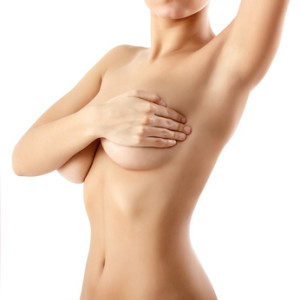For years, fats—including butter and red meat—have been demonized. But what scientists have found is that sugar, not saturated fats, is the enemy when it comes to heart health. In fact, I’ve changed my dietary recommendations, encouraging people to up their fat intake and reduce the carbs. Plus, an important study has shown that a high fat, low-carb diet diet is not only heart healthy, it promotes weight loss.
For this study, funded by the National Institutes of Health and published in the Annals of Internal Medicine, researchers studied a group of 150 racially diverse men and women. Each participant received a diet to follow for one year, either limiting fat or carbohydrates—but with no calorie restrictions.
Specifically, researchers asked the low-carb diet group to increase their fat intake to more than 40% of their daily calories by eating fish, nuts, and olive oil. Plus, they allowed them to eat saturated fats, and the participants in this group ate an average of 13% of their calories from saturated fat.
Meanwhile, researchers told the low-fat group to decrease their fat intake to fewer than 30% of their calories while adding more starches, cereals, and grains to their diet. All participants received encouragement to eat vegetables, and the low-carb diet eaters could also have fresh fruit.
The Low-Carb Diet Was the Winner
At the end of the study, those in the low-carb diet group lost an average of eight pounds more than the low-fat group. Plus, they lost more fat and gained more lean muscle mass than the low-fat group. The converse was also true—with low-fat eaters losing more lean muscle mass than fat.
The low-carb diet group also experienced significant improvements in both their triglycerides and inflammation levels—and had a measurable increase in their “good” HDL cholesterol. In fact, the low-carb group significantly reduced their “risk scores” on the Framingham Heart Study index, which calculates the risk of having a heart attack within 10 years.
What’s the Weight Loss Takeaway for You?
I’ve been saying this for years, that the low-fat craze in the 1990’s really hurt this country. The low-fat fad wasn’t based on science, but rather a theoretical association that fats at nine calories per gram is worse than carbs at four calories per gram. Unfortunately, this thinking was dead wrong and contributed to a huge obesity crisis in America.
This study is also consistent with science that shows that a high-carb diet can cause you to overeat because carbohydrates raise blood sugar too high, too quickly. Then, your pancreas has to release more insulin to bring your blood sugar back down, causing sugar levels to fall too low—which leads to more sugar cravings, overeating and weight gain.
To move your diet—and your weight—in the right direction you want to limit your sugar and carbohydrate intake. Getting less than 50% of your calories from carbs, with the remainder from healthy fats and proteins, is a step in the right direction. Then, to take off the pounds, you want to curb your carbs even further, to 30-35% (or less) of your daily calories.
Depending on your individual condition, the recommendation could be more, or less. Look for an Integrative Medicine practitioner near you for the right guidance.
And Stay Healthy.
from Dr. Stephen Sinatra










